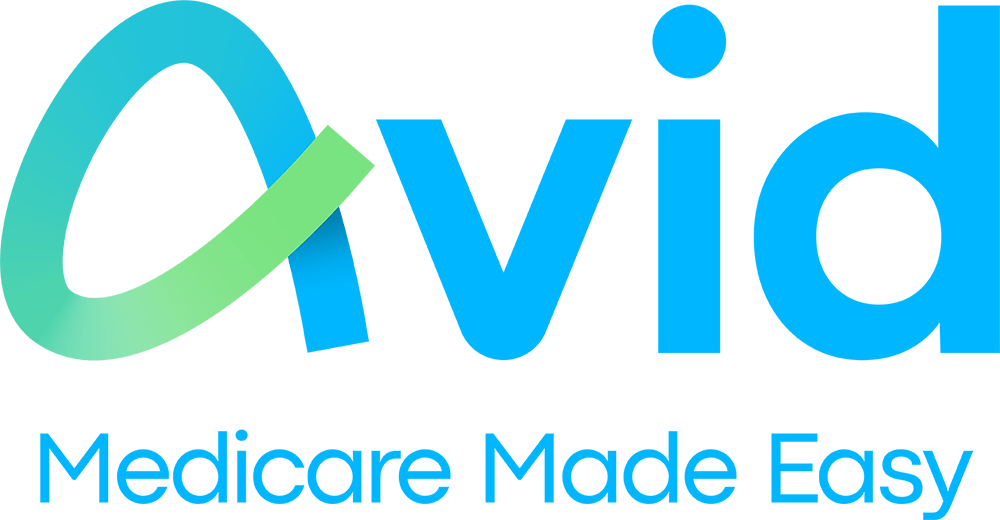Medicare Part D is a prescription drug plan offered by federally approved private insurers.
You can get Part D coverage by either purchasing a stand-alone plan to go with Original Medicare coverage or by enrolling in a Medicare Advantage plan with prescription drug benefits.
Though Medicare Part D is optional, you may have to pay a late enrollment penalty if you don’t apply once you are eligible.
What does medicare Part D cover?
Medicare Part D helps seniors afford necessary medications, which is why Part D is also known as PDPs, or Prescription Drug Plans. The cost of your covered medications may change throughout the year as there are different phases of Part D Coverage.
4 Phases of Part D Coverage
- Deductible phase: You will first have to meet your Part D deductible before you pay the covered price of your prescription drugs. Once you have reached your deductible, the plan will start covering the cost of your medications. In 2023, no plans deductible can be higher than $505 and some plans do not have a deductible.
- Initial coverage phase: After you have reached your deductible, your plan will start to help cover for your prescription medications. Your plan will pay a portion of the cost, and you will pay a copayment. This stage ends once you have reached the initial coverage limit, which is $4,660 in 2023.
- Coverage gap phase: Also known as the donut hole, is the period of reaching your initial coverage limit when you’re responsible for a larger percentage of prescription costs. The coverage limit includes brand-name drug discounts and your yearly deductible, coinsurance, and copayments. The coverage gap is only temporary (hence the donut hole), since the plan begins helping to pay for coverage drugs again once you reach the out-of-pocket threshold of your plan. The limit is different for each plan, so it is important to keep that in mind when choosing a Part D plan for yourself.
- Catastrophic coverage phase: After you have reached $7,400 in out-of-pocket costs, you enter catastrophic coverage. During this phase, you pay lower copays for your covered medications for the remainder of the year.
How Do I Enroll in Medicare Part D?
Medicare Part D is voluntary but if you do not enroll when you are first eligible, you may have to pay a late enrollment penalty. Without a prescription drug plan, you may pay a lot for medications that you need in the future.
You can purchase a stand alone prescription drug plan (PDP) alongside a Medicare Supplement plan since it does not include drug coverage. An individual can also get a Medicare Advantage plan which includes a prescription drug plan.
What are the costs of my medications?
Copays vary depending on the tier of your medication. Private insurance carriers have a formulary which organizes the list of covered medications. Each tier has a specific copay an individual will need to pay for a particular medication.
- Tier 1: preferred generic prescription drugs
- Tier 2: generic prescription drugs
- Tier 3: preferred brand name prescription drugs
- Tier 4: brand name prescription drugs
- Tier 5: specialty tier – very high cost prescription drugs where you pay a percentage of the total drug cost
Similar to Part B, Medicare Part D also has a premium Income-Related Monthly Adjustment Amount (IRMAA). This adjustment is paid on top of the specific plan’s premium, so we can only provide you with the adjustment.
2024 Part D IRMAA Breakdown
| File Individual Tax Return | File Joint Tax Return | Monthly Adjustment |
| $103,000 or Less | $206,000 or Less | $0.00 |
| $103,001 to $129,000 | $206,001 to $258,000 | $12.90 |
| $129,001 to $161,000 | $258,001 to $322,000 | $33.30 |
| $161,001 to $193,000 | $322,001 to $386,000 | $53.80 |
| $193,001 to $499,999 | $386,001 to $749,999 | $74.20 |
| $500,000 or More | $750,000 or More | $81.00 |
| File Separate Tax Return From Spouse | Monthly Adjustment | |
| $103,000 or Less | $0.00 | |
| $103,001 to $396,999 | $74.20 | |
| $397,000 or More | $81 | |
What is Part D Late Enrollment Penalty?
You may have to pay a late enrollment penalty if you do not enroll in a Medicare Part D plan 63 days after your initial enrollment period is over unless you have creditable drug coverage (i.e. insurance from your employer) You will have to pay the penalty for as long as you have Medicare drug coverage.
Where can I see the available plans?
The Medicare Plan Finder shows all of the available prescription drug plans available in a given zip code, along with their monthly premiums and annual deductible. You are able to input your own prescription drugs into the medicare.gov website in order to evaluate which plan works best for your medication needs. If all this information is overwhelming, you can always contact one of our licensed agents as we’re here to find the best plan to fit your needs.


